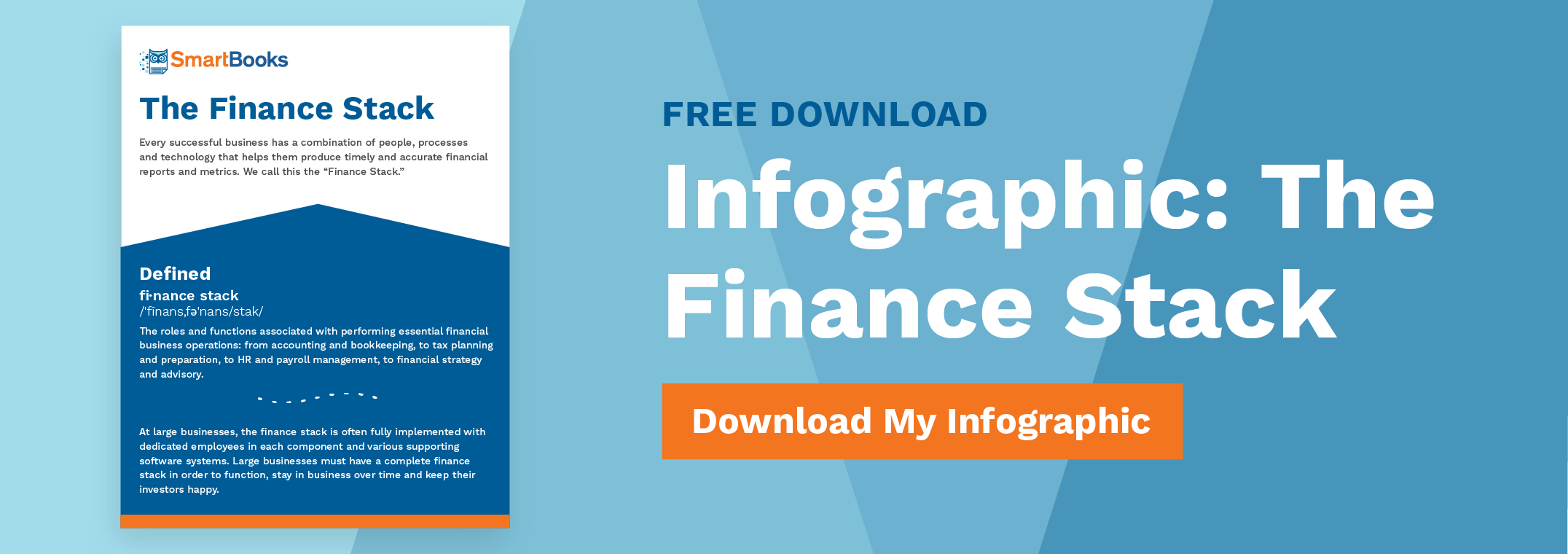The Importance Of Financial Modeling For Successful Startups

The process of navigating a startup’s course toward profitability and success comes with its fair share of challenges, and there’s always an element of risk involved. For some founders and executives, this process charges forward without a clear vision of how the business’s finances are poised to shape up over the next months to years. But having this insight is crucial to supporting healthy financial performance, and it starts with the practice of financial modeling.
Even in the early stages of a startup’s journey, financial modeling is a valuable tool for making well-educated predictions about the business’s future. A solid financial model lays out key milestones, helps track financial progress, informs key decision-making needs and supports efforts to secure financial backing. As you adopt financial modeling for your startup, use the following insights to help formulate a stronger grasp of what this practice entails, how to get started and why doing so is fundamental to achieving optimal financial outcomes.
What is a financial model?
Think of a financial model as a numerical simulation. It’s about putting numbers to many of the startup’s central business goals, and playing out scenarios to test the financial efficacy of your business plan. There are bound to be assumptions about how the business will perform over certain periods of time, and financial modeling provides the opportunity to identify how those assumptions line up with tangible financial outcomes.
By leveraging forecasting data and honing in on key metrics and scenarios, a startup can simulate future financial performance. Even when the actual performance turns out to misalign with predicted performance, there’s immense value inherent in the financial model. It gives unparalleled insight into:
- How the business is operating
- Where it requires stronger focus
- Where greater profitability or growth potential might be accessed
- What changes may be necessary to track more effectively toward intended goals
- What decisions must be made to maximize the business’s financial health
Financial models are wielded by both the executives (or founders) involved in running the startup and potential investors interested in examining the risks and rewards of backing such a venture.
How do you create a financial model for a startup?
Generally speaking, financial models are structured in spreadsheet form, with columns representing periods of time (month, quarter, year and so on) and rows detailing specific financial indicators. Populating the cells starts with a process of making assumptions based on current, historical or pipeline data, depending on what exists at the time of model creation. These assumptions form the basis of the first tab in the spreadsheet, while projection and tracking calculations are stored in subsequent tabs that mimic the assumptions structure.
Following is a breakdown of some of the basic elements used to construct a working financial model:
- Revenue: This section involves forecasting the startup’s revenue, or total money received from customers or clients. To do so, you must examine a variety of factors and revenue streams, including but not limited to product pricing and sales, subscription services and service contracts, estimating expected revenue over the course of months to years.
- Expenses: Forecasting a startup’s expenses is a multi-pronged effort. In many cases, the largest expense is personnel, including individual wages, bonuses, commissions, payroll taxes and benefits, as well as expenses for onboarding and training. Because the setup of expenses is not a one-size-fits-all approach, each business may have its way of categorizing and forecasting them based on unique needs. Other common costs may encompass:
- Operating expenses like rent, office supplies, travel, research and development, and marketing
- Capital expenditures such as buildings and equipment (factoring in depreciation)
- Cost of sales or cost of goods sold
- Customer acquisition costs, both fixed and variable
- Net Income: This is calculated by subtracting expenses from revenue. The net income indicates how much total cash is gained or lost over the specified time frame.
- Cash Balance: Once the net income is calculated, it can be used to forecast the startup’s cash balance, or the amount of money on hand.
- Investment Capital: If the forecasted cash balance is in the red, one option might be to raise money from investors. This section lays out the financial impact of that possibility.
While the above elements comprise the most common factors included in a startup’s financial model spreadsheet, other elements and sections may be included based on the business’s individual characteristics.
Once all of these categories are detailed in the assumptions tab, it’s time to create projections via scenario modeling. You can play out various financial scenarios on subsequent tabs by altering the data input. Doing so enables leadership to get a clearer idea of how the business will perform based on specific conditions or decisions.
For instance, if you account for a less robust sales pipeline and decrease the number of assumed contracts, this will affect your projected net income and cash balance, which might impact the startup’s decision about whether or not it needs to raise capital by seeking investors. The same goes for hiring a larger or smaller number of employees, which would affect total compensation costs. When you can visibly see how these scenarios play out in terms of the startup’s financial health, you have the advantage of critical insight for developing smart strategies, optimizing growth and making key business decisions that maximize profitability.
Why should startups prioritize financial modeling?
Startups concerned about risk mitigation and financial health have some pretty substantive reasons for creating a financial model and tracking performance. Among the most compelling advantages of employing this practice is the capacity to:
- Predict cash flow shortages with enough advance warning to create a plan for securing capital
- Understand how expenses impact profitability and what business tweaks must be made to ensure revenue outweighs costs
- Showcase the financial viability of your business plan in the interest of attracting investors
- Get a firmer grasp of financial timelines, including how long it might take to turn a profit and scale
- Clarify assumptions about product or service pricing, and set pricing structures from a more informed perspective
- Test financial decisions before moving forward on major investments or changes to the business model
Essentially, this process is all about having more insight and information regarding the financial performance of a startup over time. It’s not a magic solution to secure financial health, but it lends some incredibly powerful support to overcoming the challenges and risks inherent in operating a business. And it can be a highly valuable tool for startups in their quest to track toward long-term success.
